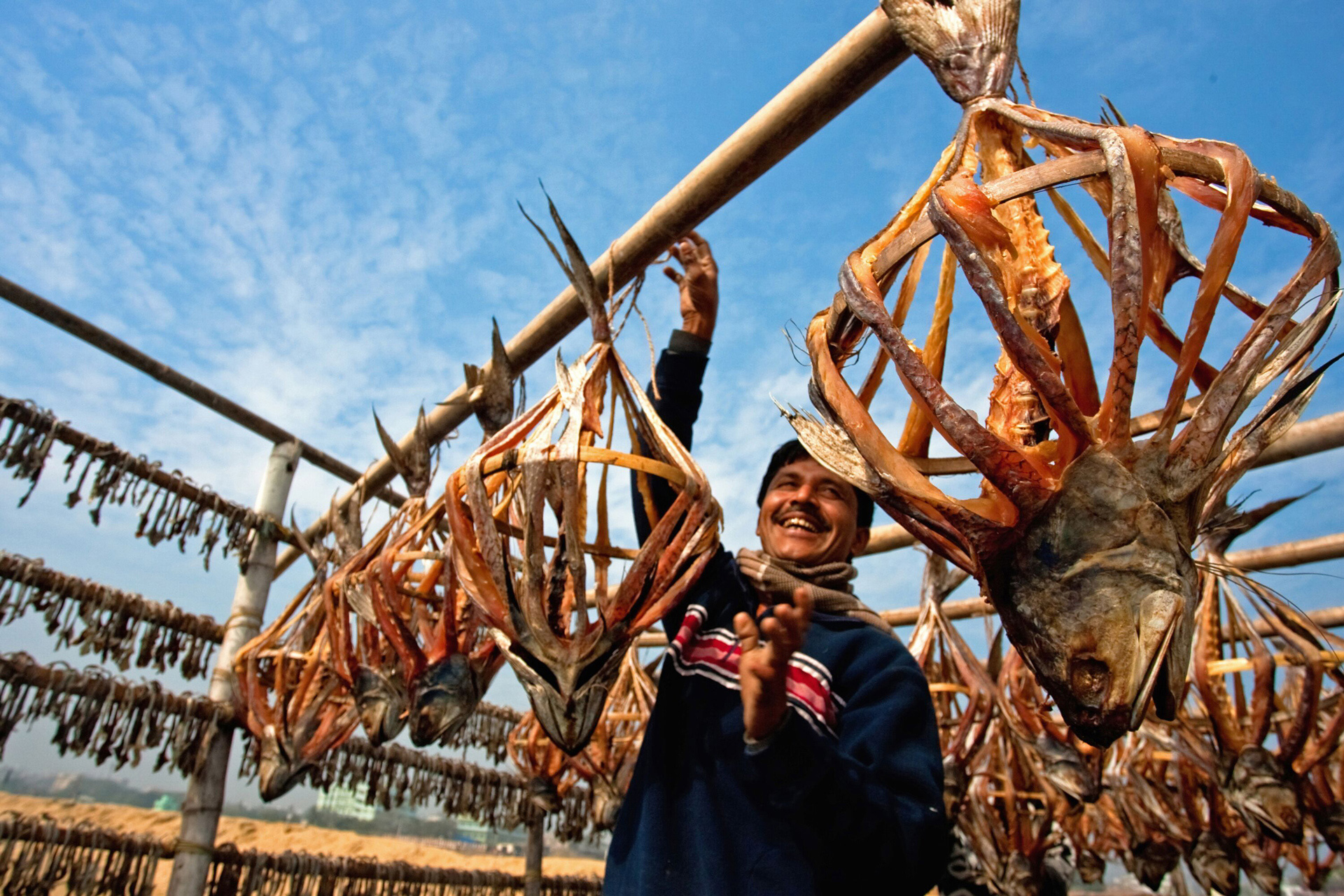Afghanistan’s economy is recovering from decades of conflict. The economy has improved significantly since the fall of the Taliban regime in 2001 largely because of the infusion of international assistance, the recovery of the agricultural sector, and service sector growth. Despite the progress of the past few years, Afghanistan is extremely poor, landlocked, and highly dependent on foreign aid. Much of the population continues to suffer from shortages of housing, clean water, electricity, medical care, and jobs. Criminality, insecurity, weak governance, lack of infrastructure, and the Afghan Government’s difficulty in extending rule of law to all parts of the country pose challenges to future economic growth. Afghanistan’s living standards are among the lowest in the world. The international community remains committed to Afghanistan’s development, pledging over $67 billion at nine donors’ conferences between 2003-10. In July 2012, the donors at the Tokyo conference pledged an additional $16 billion in civilian aid through 2015. Despite this help, the Government of Afghanistan will need to overcome a number of challenges, including low revenue collection, anemic job creation, high levels of corruption, weak government capacity, and poor public infrastructure. Afghanistan’s growth rate slowed markedly in 2013.






